Arts for all
QUT researchers work with regional and remote communities to bring the benefits of the arts to life
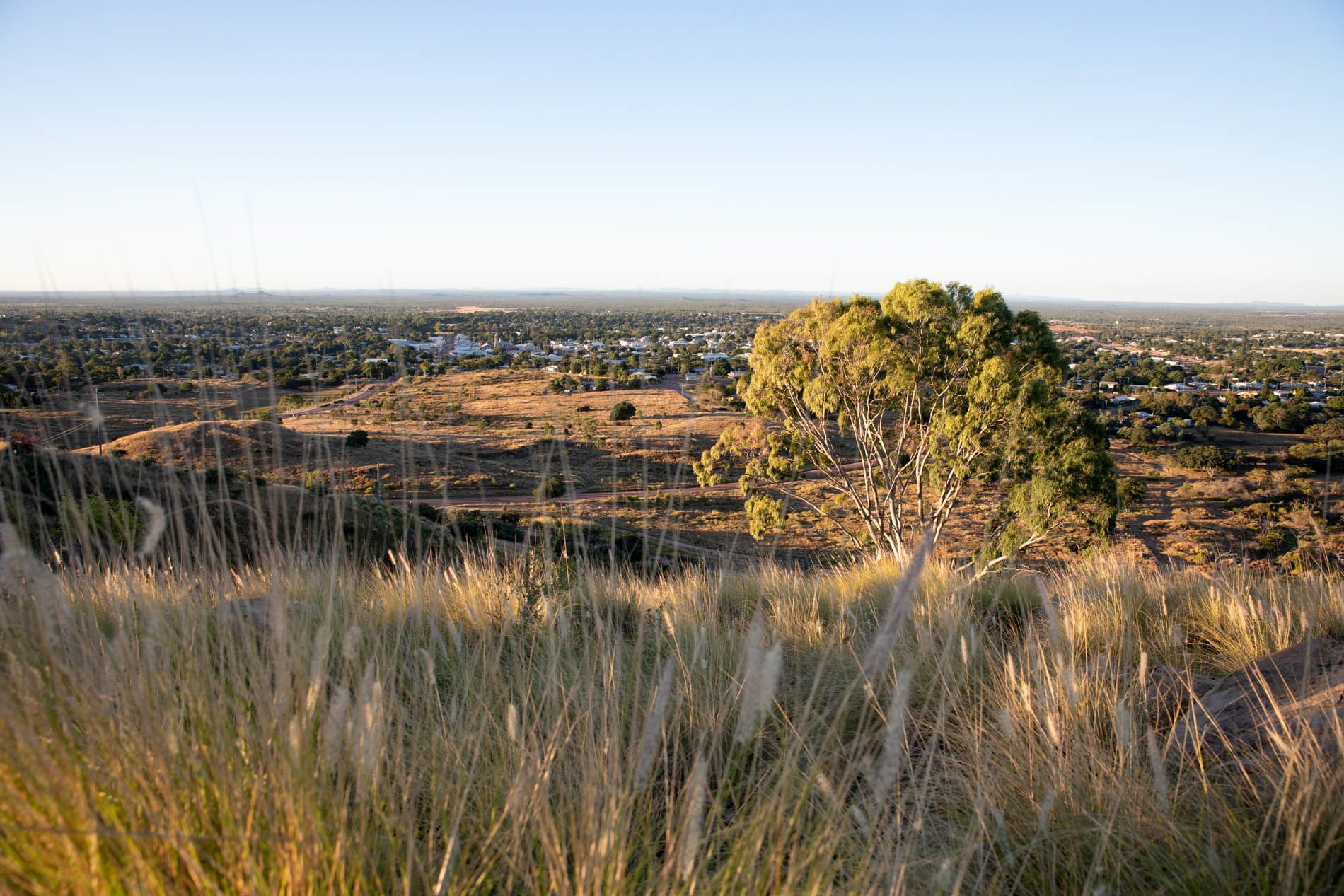
Arts and culture can bring great benefits to people and communities. But too often these are not fully realised. Communities are not effectively engaged in shaping programs, and evaluation doesn’t get to the heart of what works and why.
Associate Professor Donna Hancox and Professor Sandra Gattenhof take a different approach.
“The arts are more than just watching a show or going to a gallery. They are part of the connective tissue of the community. They bring people together, and make them feel like they belong,” Associate Professor Hancox says.
For many years these QUT researchers have been working to understand how to design and deliver programs that maximise the wonderful things the arts can do.
Their research demonstrates that all successful and impactful arts programs and policies start with deep community engagement and equitable relationships between stakeholders.
Engagement and evaluation are just as important as the creative outputs, to understand not just if they worked but how, and for who.
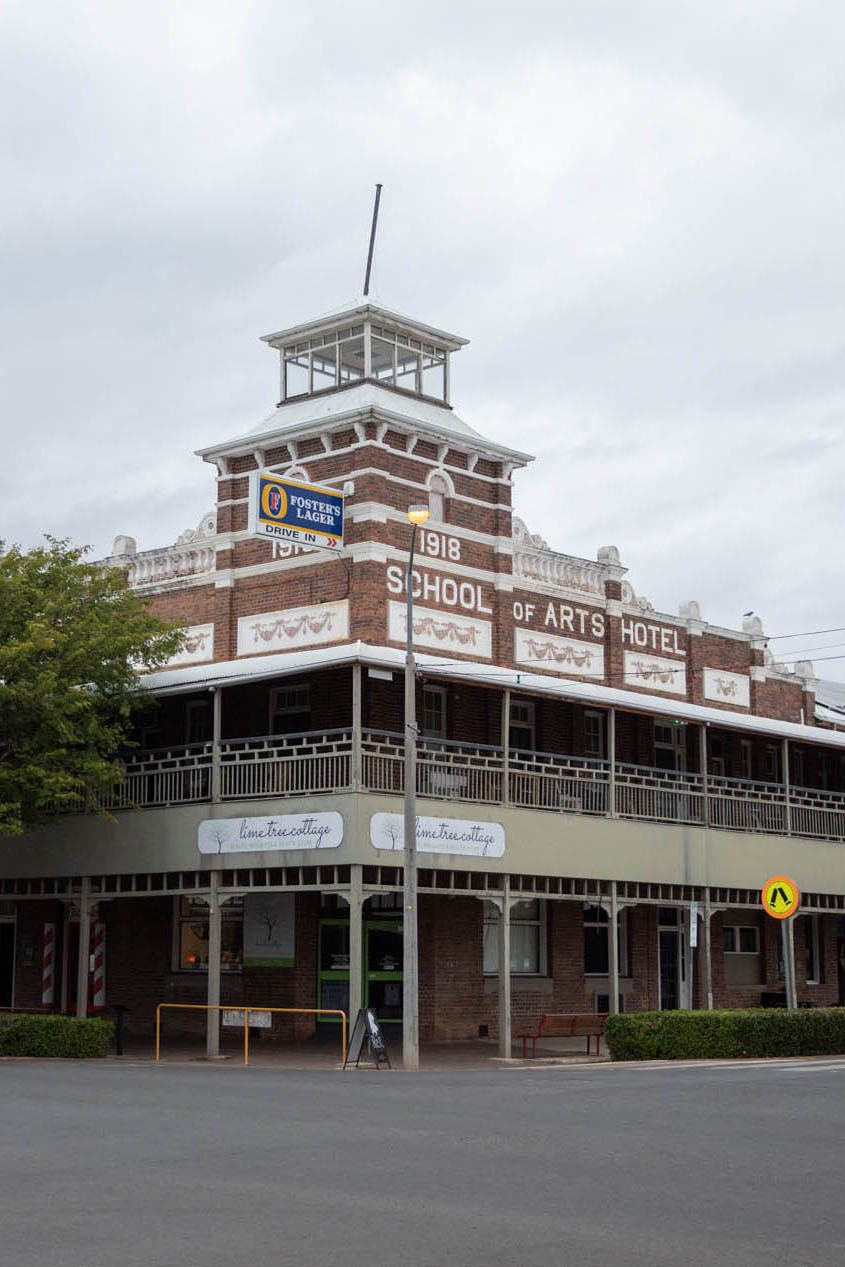
Maranoa, Western Downs in Queensland. Image by Bryan Crawford.
Maranoa, Western Downs in Queensland. Image by Bryan Crawford.
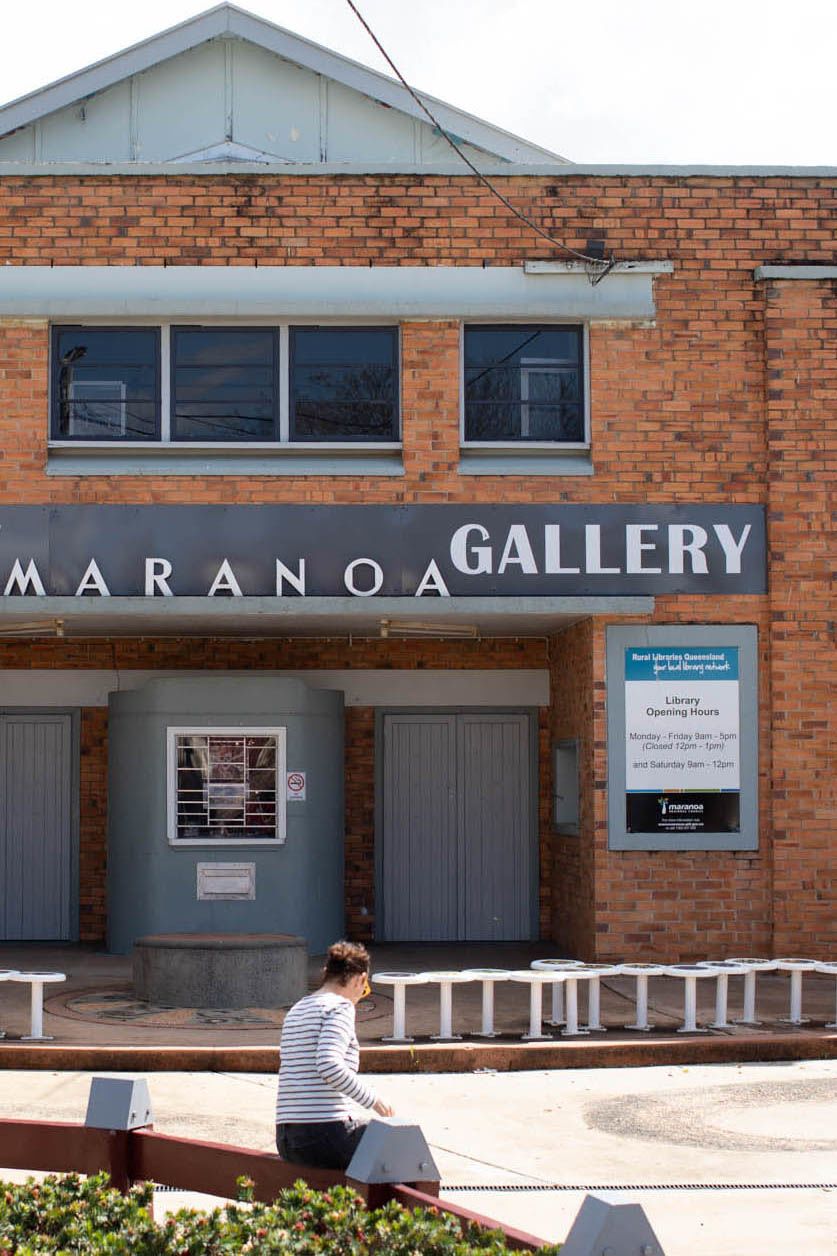
Maranoa Gallery, Western Downs in Queensland. Image by Bryan Crawford.
Maranoa Gallery, Western Downs in Queensland. Image by Bryan Crawford.
“Regional Australia is not homogeneous. Even within regions there’s going to be different social value and impact depending on what that community’s aims are or what they’ve been through or what they’re working through.” - Peak body
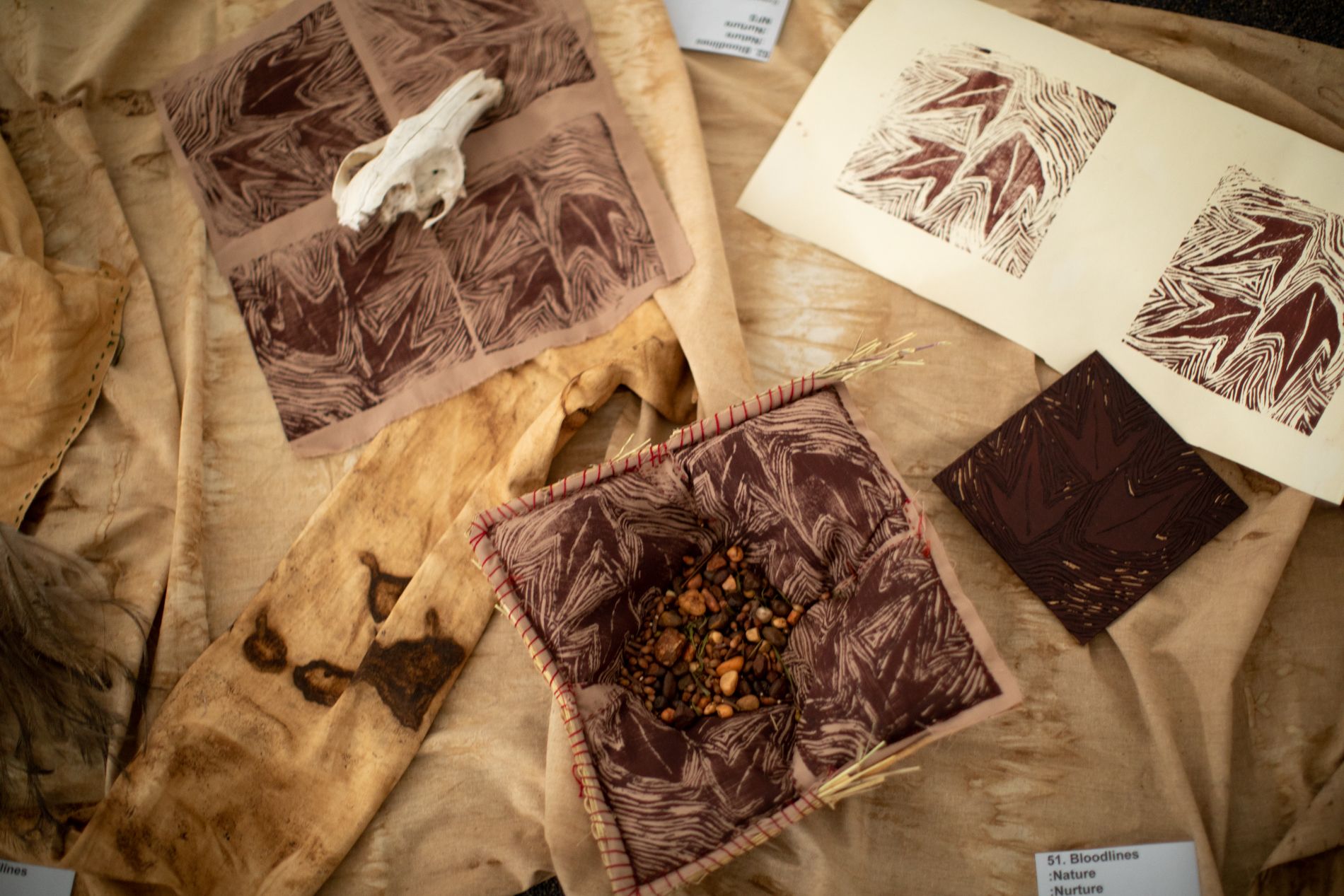
As Professor Gattenhof explains, evaluators traditionally are not embedded in the community but instead “fly in, take a helicopter view, and fly out again”. And traditional measures of success, such as attendance, provide so little of the picture. Her methods are different.
In her “learning community” approach, evaluation is not a one-off exercise. It develops incrementally and has a constant feedback loop, with those involved in the evaluation using it as a learning tool.
“You see the impact in people, you saw who they were or what they were a week ago to who they are through the impact of their engagement in the project and how they’ve flourished and how they’ve grown and how they’ve come out of their shell and everybody’s telling you that as well.” - Arts organisation central western Queensland
Her work with the Australian Performing Arts Market provides a good example. The market, a signature program of the Australia Council, aims to develop touring opportunities for Australian artists and companies.
Over five years, Professor Gattenhof worked with the Brisbane Powerhouse, who were delivering the market, to look deeply at what was working and, importantly, what was not.
A key issue was how delegates were framed - as buyers and sellers. This didn’t allow for deep relationships and conversations, and yet it was clear that art, like many other things, is sold based on relationships between people.
Based on this reflection, the market was fundamentally changed - reframed from a transactional to a relational market. Time spent moving around seeing performances was swapped for both structured and unstructured opportunities to converse and connect.
Interestingly, when the focus was shifted from buying and selling to relationships, more buying and selling actually took place.
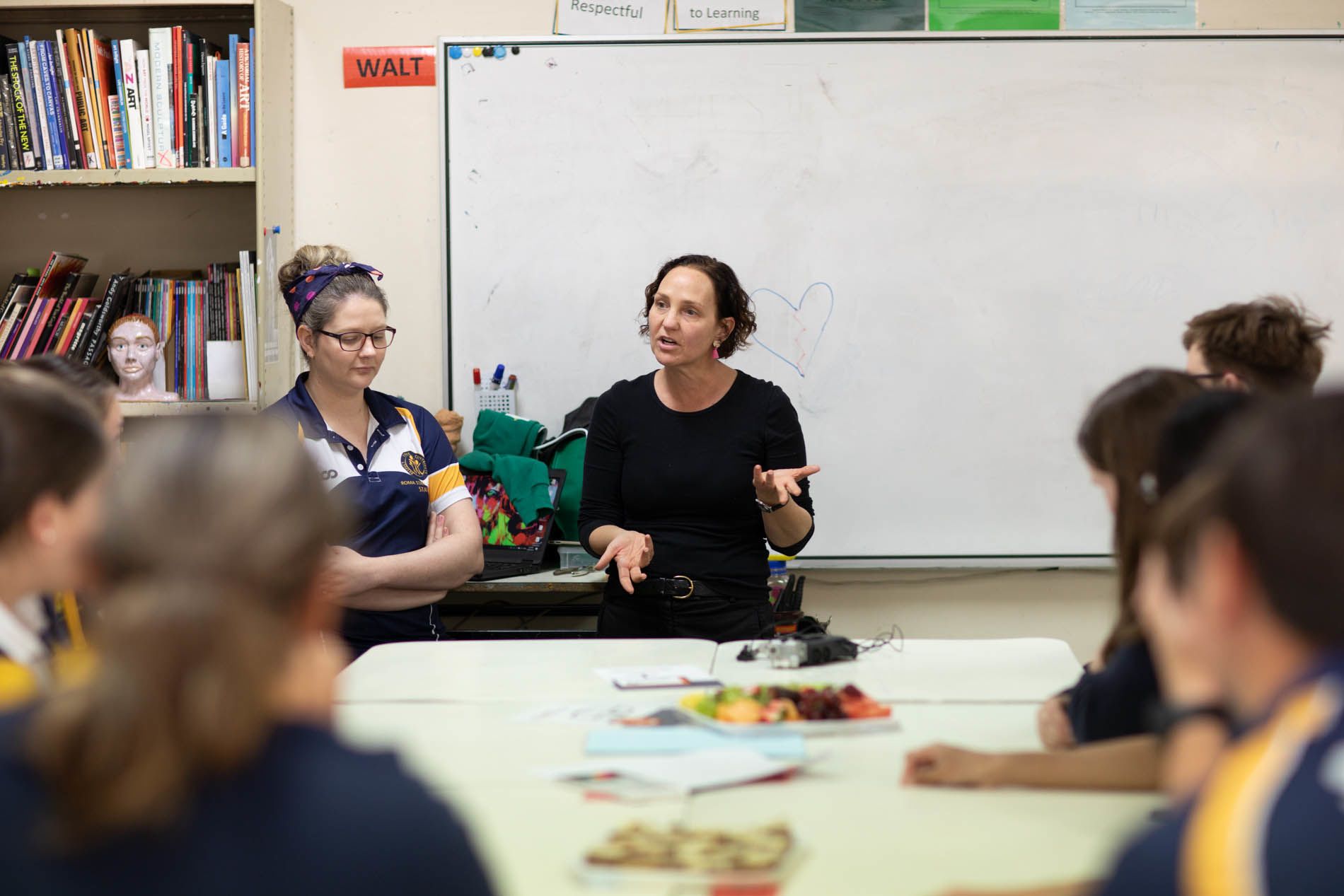
Associate Professor Donna Hancox delivers a workshop in Maranoa. Image by Bryan Crawford.
Associate Professor Hancox’s role is often at the other end of the process, working with communities to understand their needs and collaboratively design programs.
Over 2017-2019 she was funded by the Tim Fairfax Family Foundation to work with two communities - one regional, one remote - to understand what an arts program would look like if communities were empowered to design it themselves.
The project brought council, schools and arts organisations together for a series of engagement workshops.
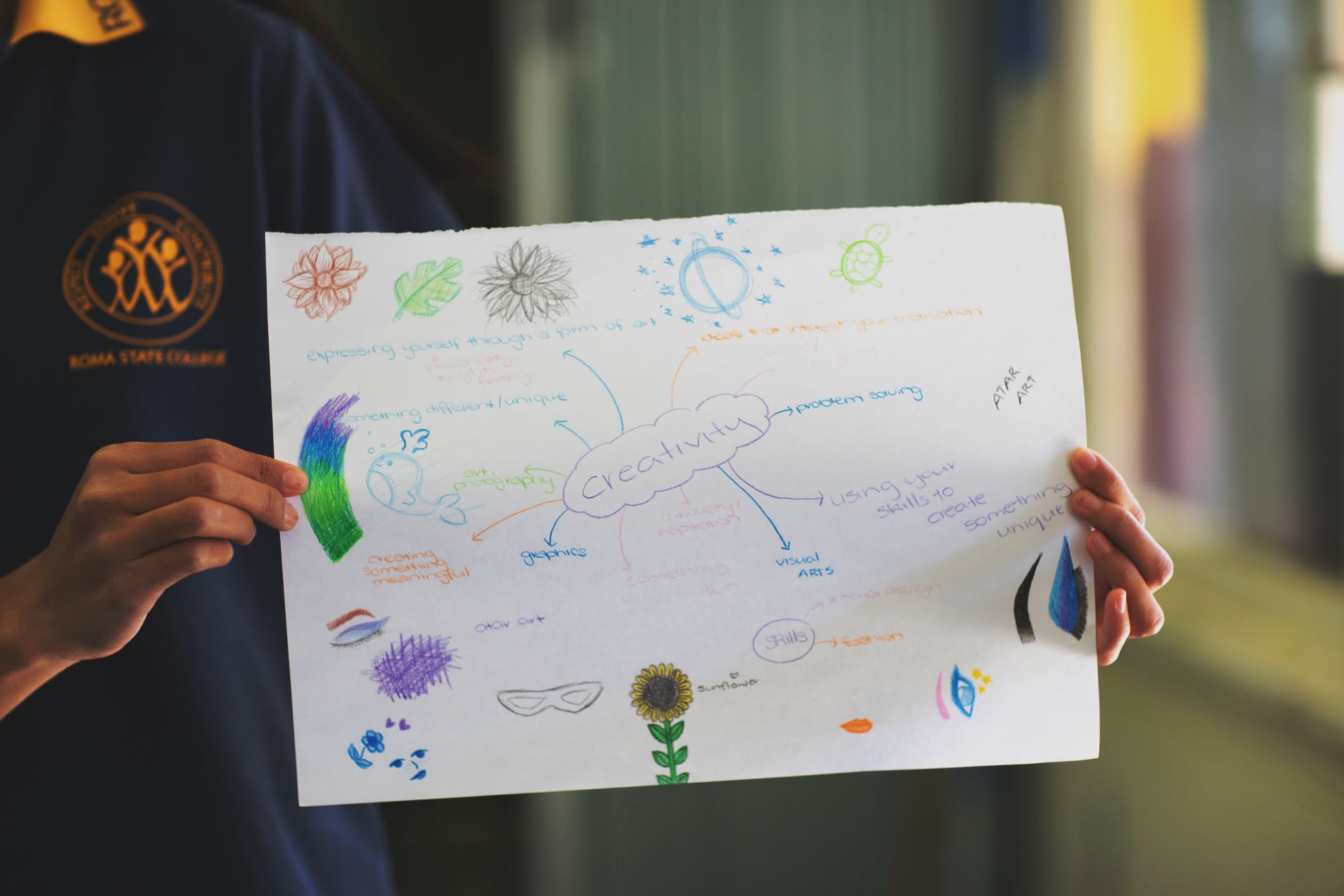
Workshop in Maranoa. Image by Bryan Crawford.
A unique toolkit was developed to allow the foundation to replicate the approach elsewhere. The toolkit guides workshop participants through a series of prompts, to get to the heart of what the community wants and needs.
This is very different to traditional community consultation, which tends to play it safe.
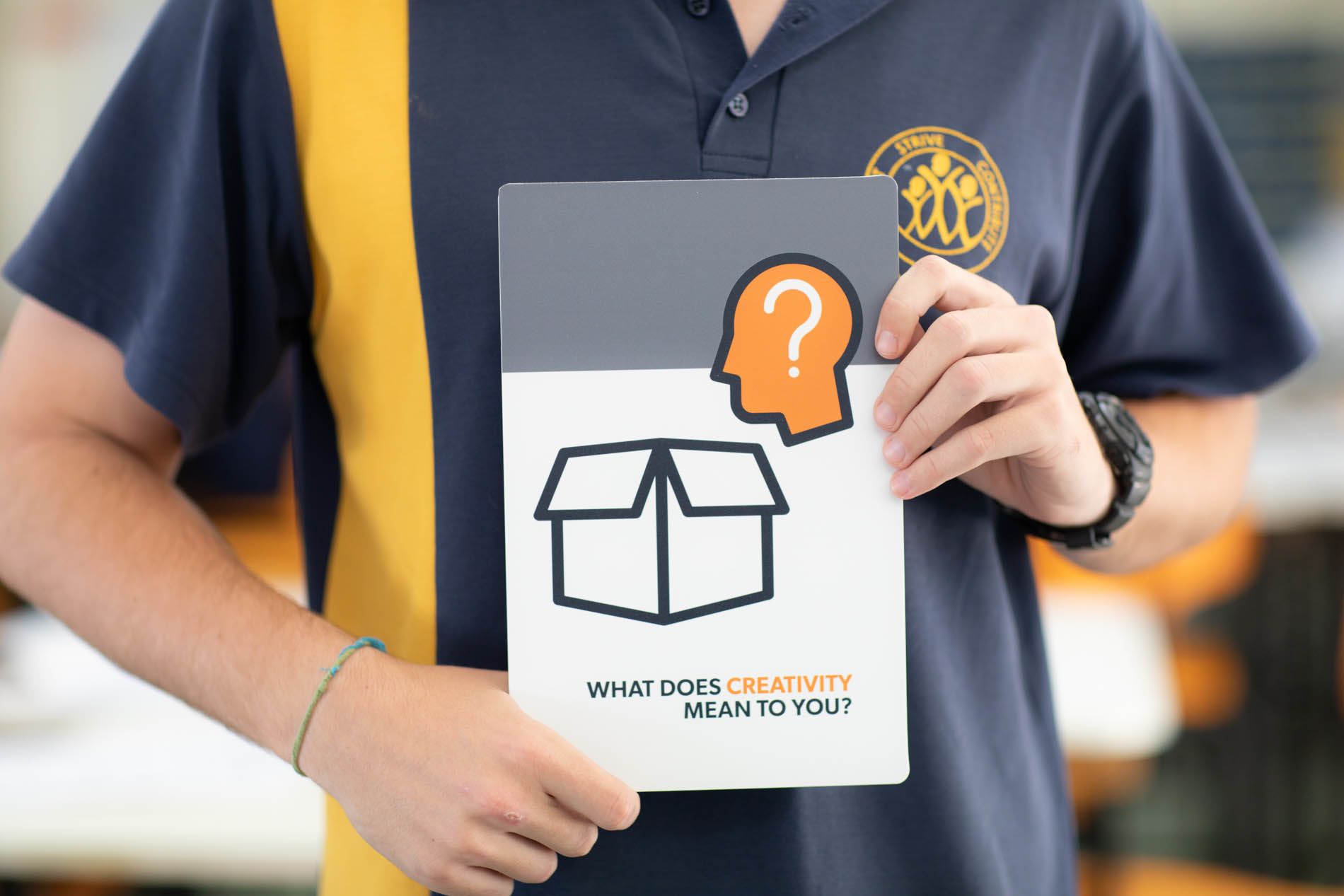
Workshop in Maranoa. Image by Bryan Crawford.
“Often, talking to the community seems too daunting and onerous - it means working in a different way and engaging with different groups and it all seems too hard and risky,” says Associate Professor Hancox.
Instead, it’s all too easy to roll out the same sorts of programs, without thought to what the community really needs. The result is unwanted (and often expensive) programs, and wasted local talent and capacity.
Local ownership over arts projects is key to success.
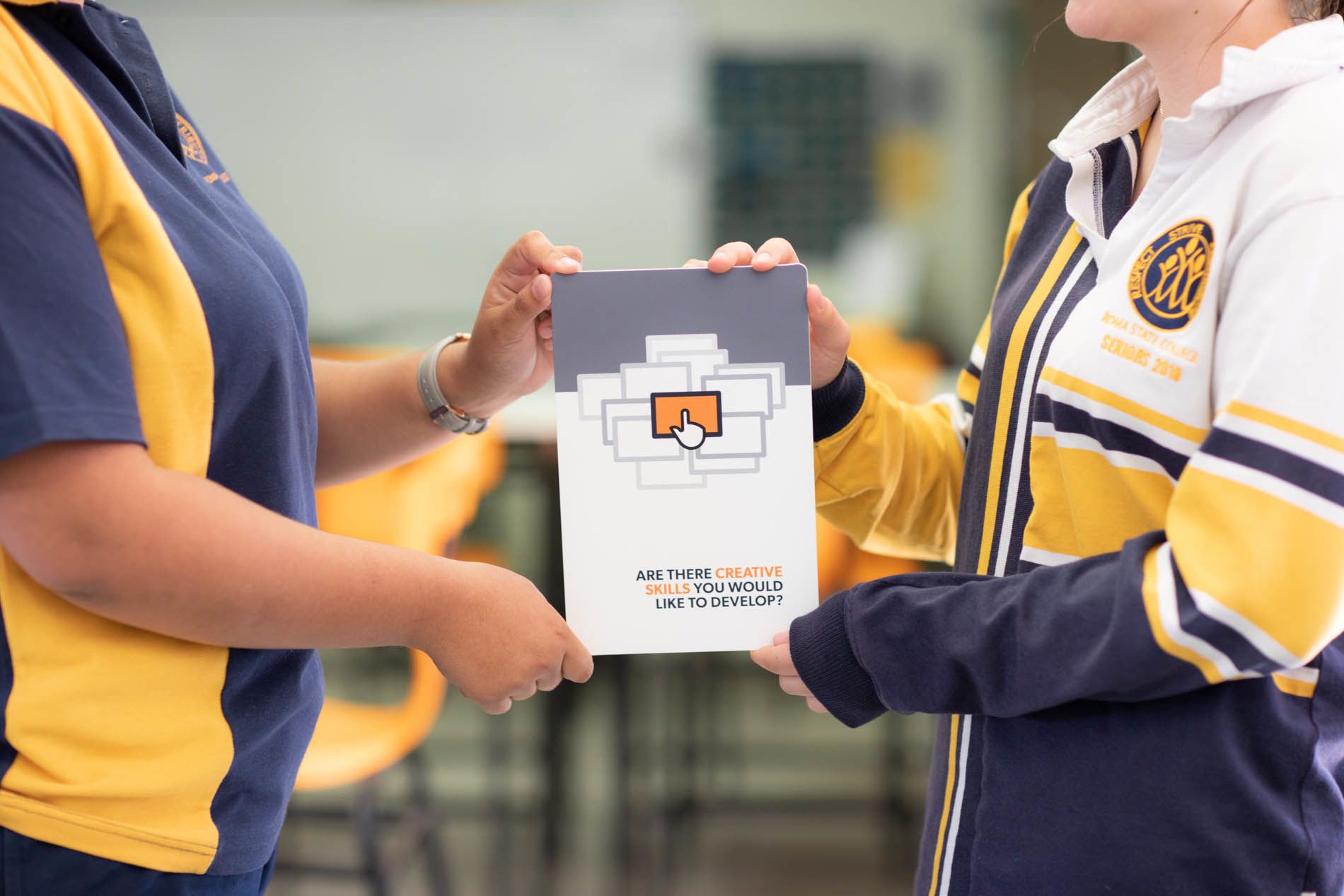
Workshop in Maranoa. Image by Bryan Crawford.
“These events emerged out of a long standing, authentic relationships and willingness to share knowledge, experience and memories,” said one workshop participant and local Councillor about a series of storytelling and arts-based events in the Maranoa region.
“This couldn’t have been produced by an outside arts organisation; it comes from a deep understanding of the country and the community and a desire to come together.”
The new approach has dramatically shifted the way that the Tim Fairfax Family Foundation is moving forward with funding, and the toolkit is available to arts organisations.

Associate Professor Donna Hancox delivers a workshop in Maranoa. Image by Bryan Crawford.
Associate Professor Donna Hancox delivers a workshop in Maranoa. Image by Bryan Crawford.

Workshop in Maranoa. Image by Bryan Crawford.
Workshop in Maranoa. Image by Bryan Crawford.

Workshop in Maranoa. Image by Bryan Crawford.
Workshop in Maranoa. Image by Bryan Crawford.

Workshop in Maranoa. Image by Bryan Crawford.
Workshop in Maranoa. Image by Bryan Crawford.
“If you took all this endeavour [cultural activity] away and didn’t do it there’d be a bloody riot.” - Mayor central western Queensland
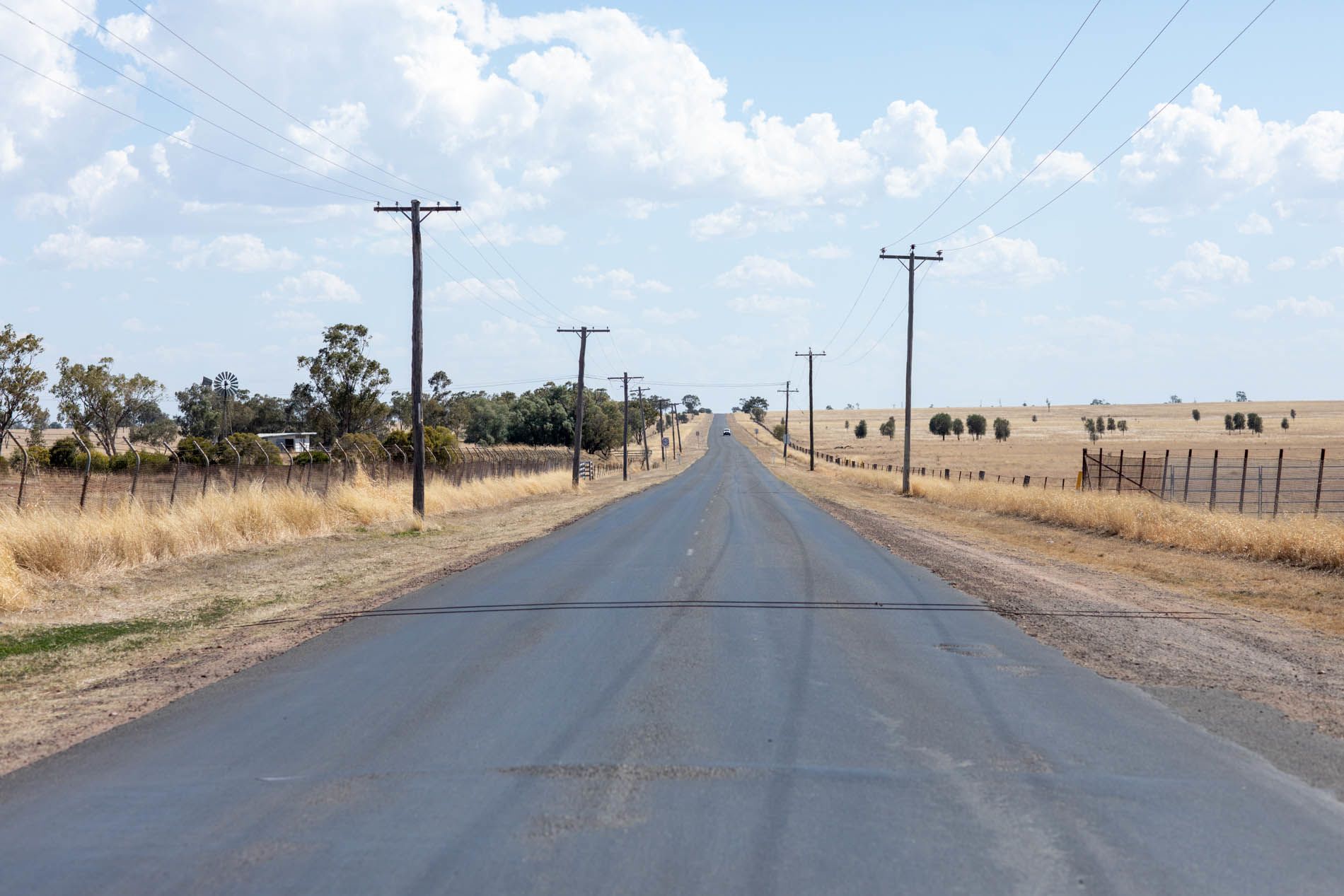
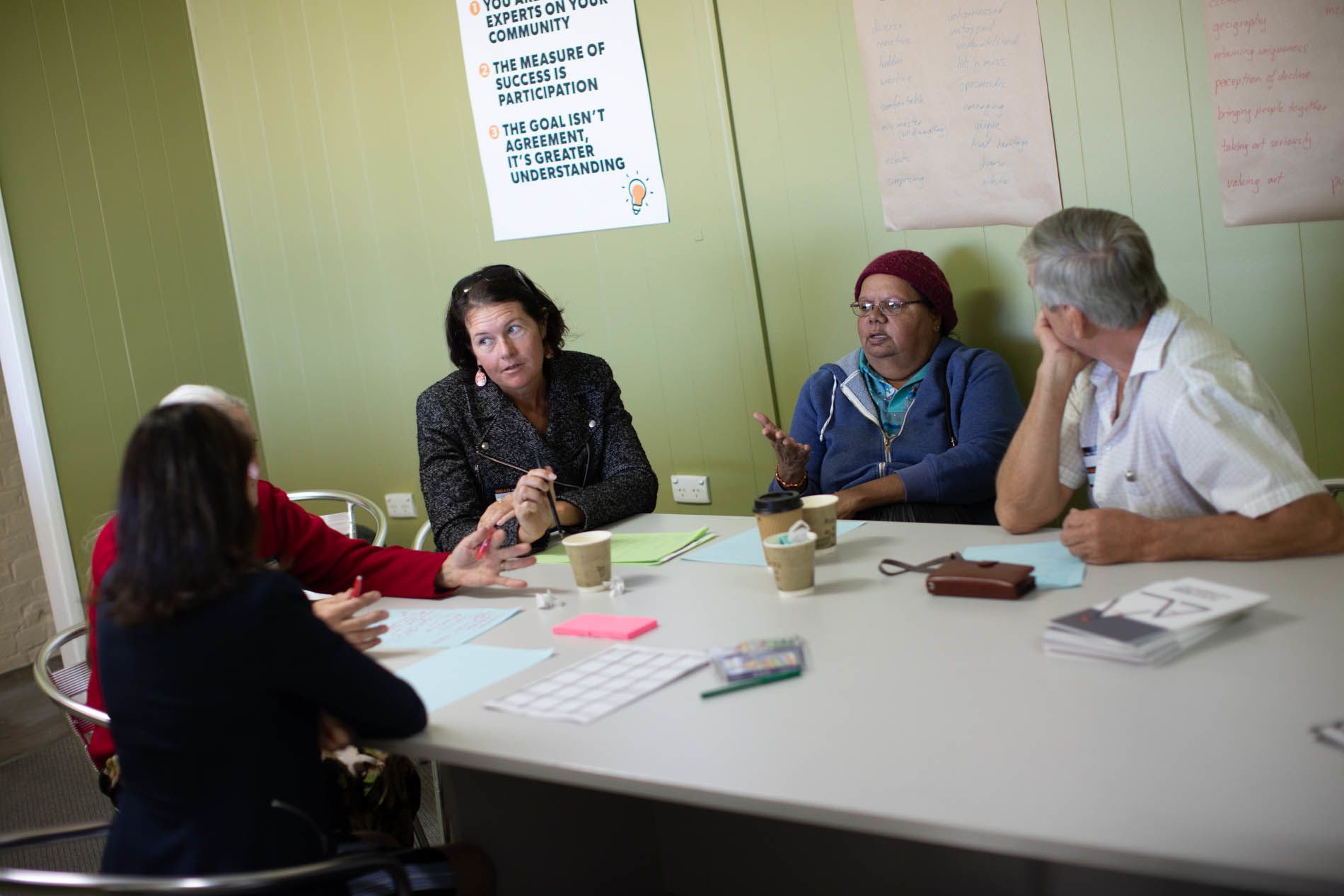
Workshop in progress. Image by Bryan Crawford.
Now these two researchers are collaborating on the Regional Arts and Social Impact project. It will deliver a framework for evaluating the arts, and in turn will bring significant improvements to the way arts funding is targeted for regional and remote communities.
The project will also contribute to reversing the narrative about regional and remote Australia, challenging the idea that they are struggling and lacking.
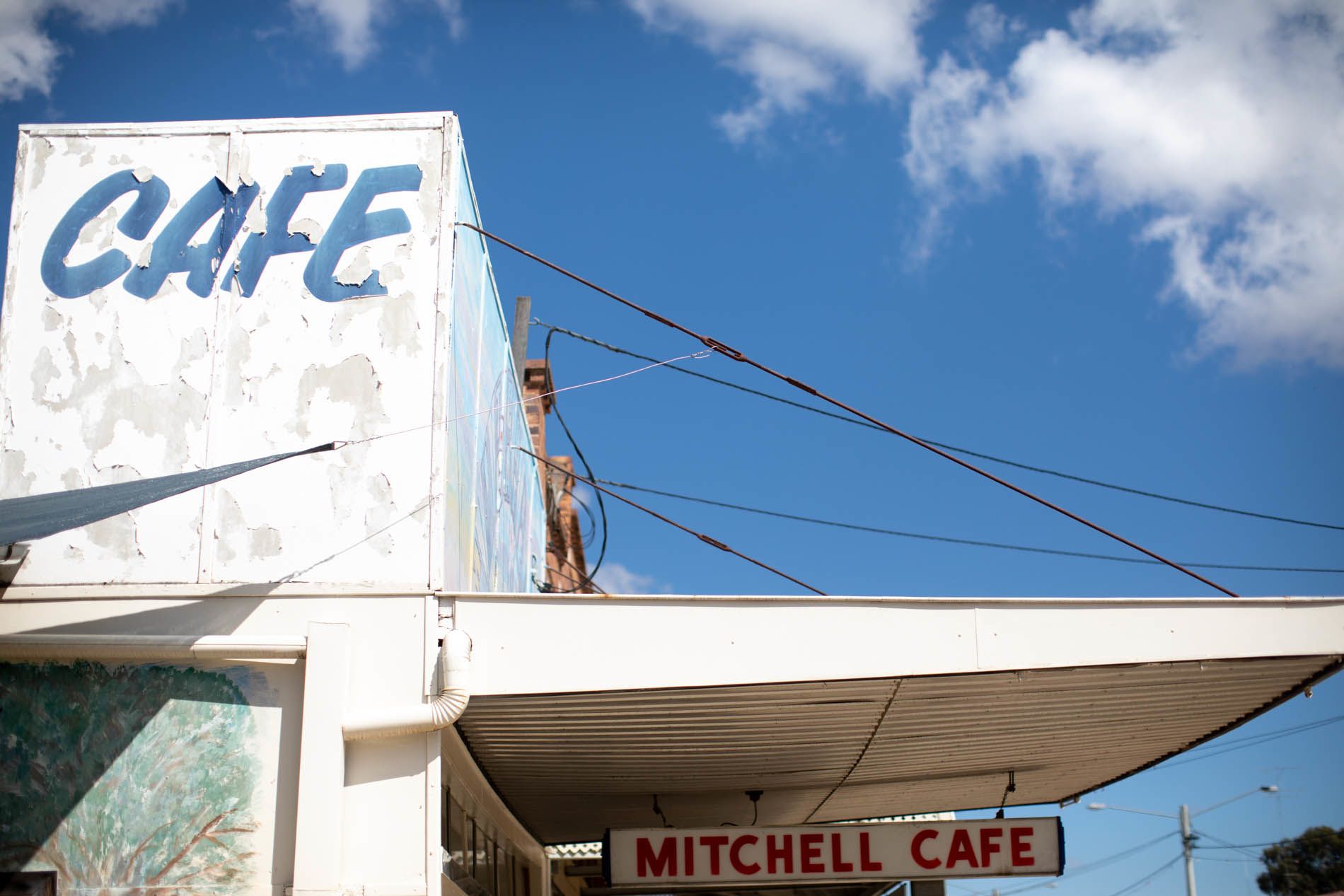
Maranoa streetscape. Image by Bryan Crawford
“This is not a message that comes from regional and remote Australia. It is imposed by the urban centres and is not the story that regional Australia wants to tell,” Professor Gattenhof says.
“These communities are not in deficit - they are rich and well-resourced and hopeful and happy communities,” she says.
This project seeks to amplify what is great about these communities. What is working.
Ultimately, the project will mean more people have access to arts and culture that is meaningful and transformative.
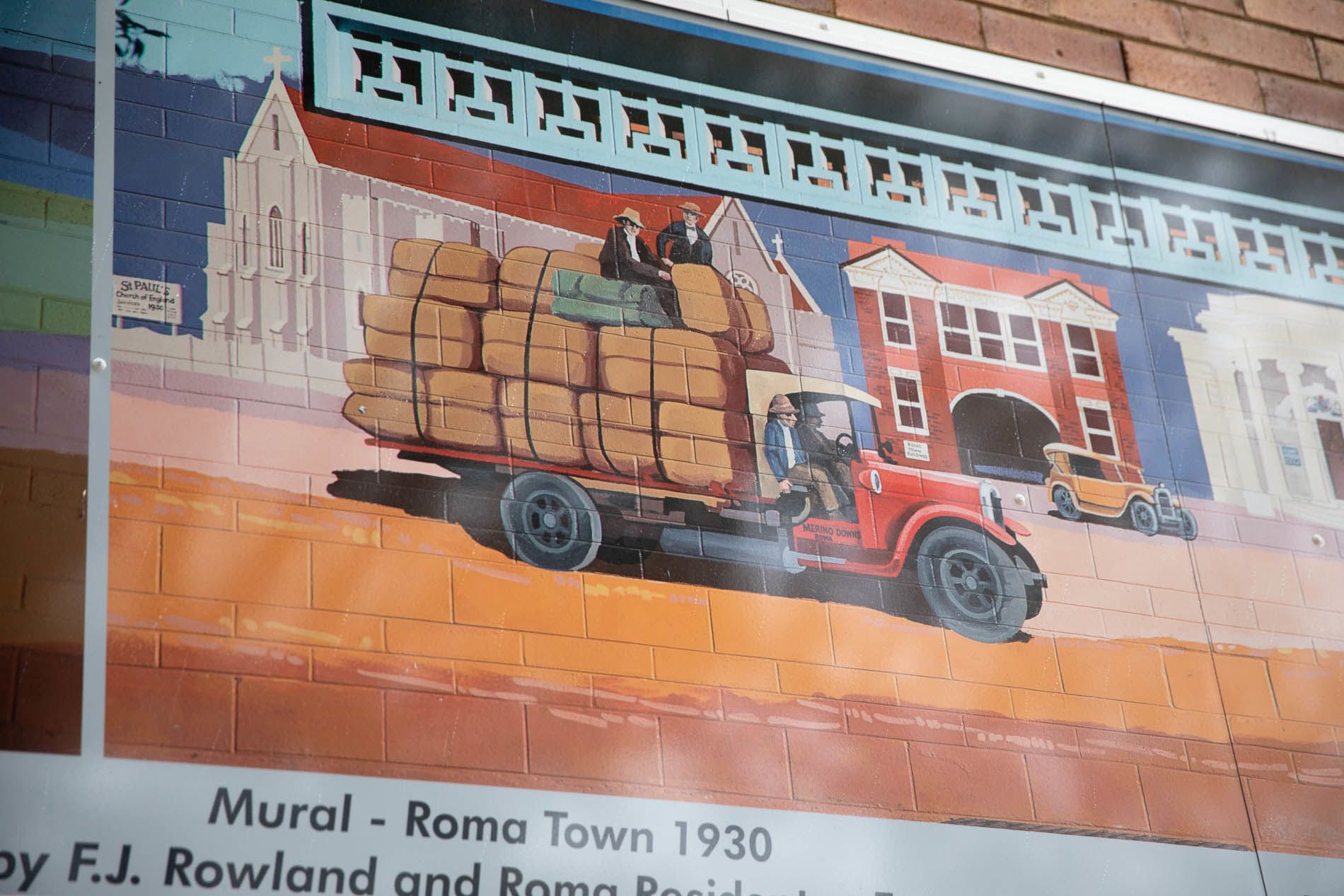
Mural in Maranoa. Image by Bryan Crawford.
“Access to arts and culture is a human right, enshrined by the United Nations in the Universal Declaration of Human Rights,” Professor Gattenhof says.
Everyone, no matter where they live in Australia, has a right to high quality arts engagement.”

Workshop in progress. Image by Bryan Crawford.
Workshop in progress. Image by Bryan Crawford.

Maranoa streetscape. Image by Bryan Crawford
Maranoa streetscape. Image by Bryan Crawford

Mural in Maranoa. Image by Bryan Crawford.
Mural in Maranoa. Image by Bryan Crawford.
